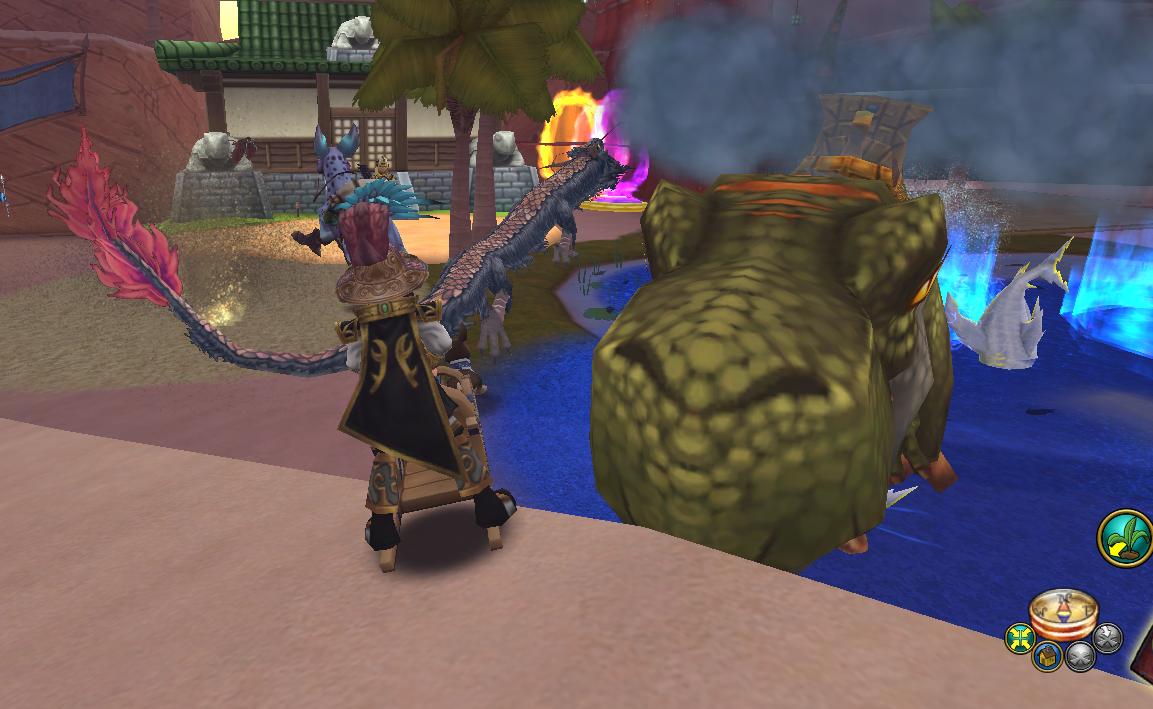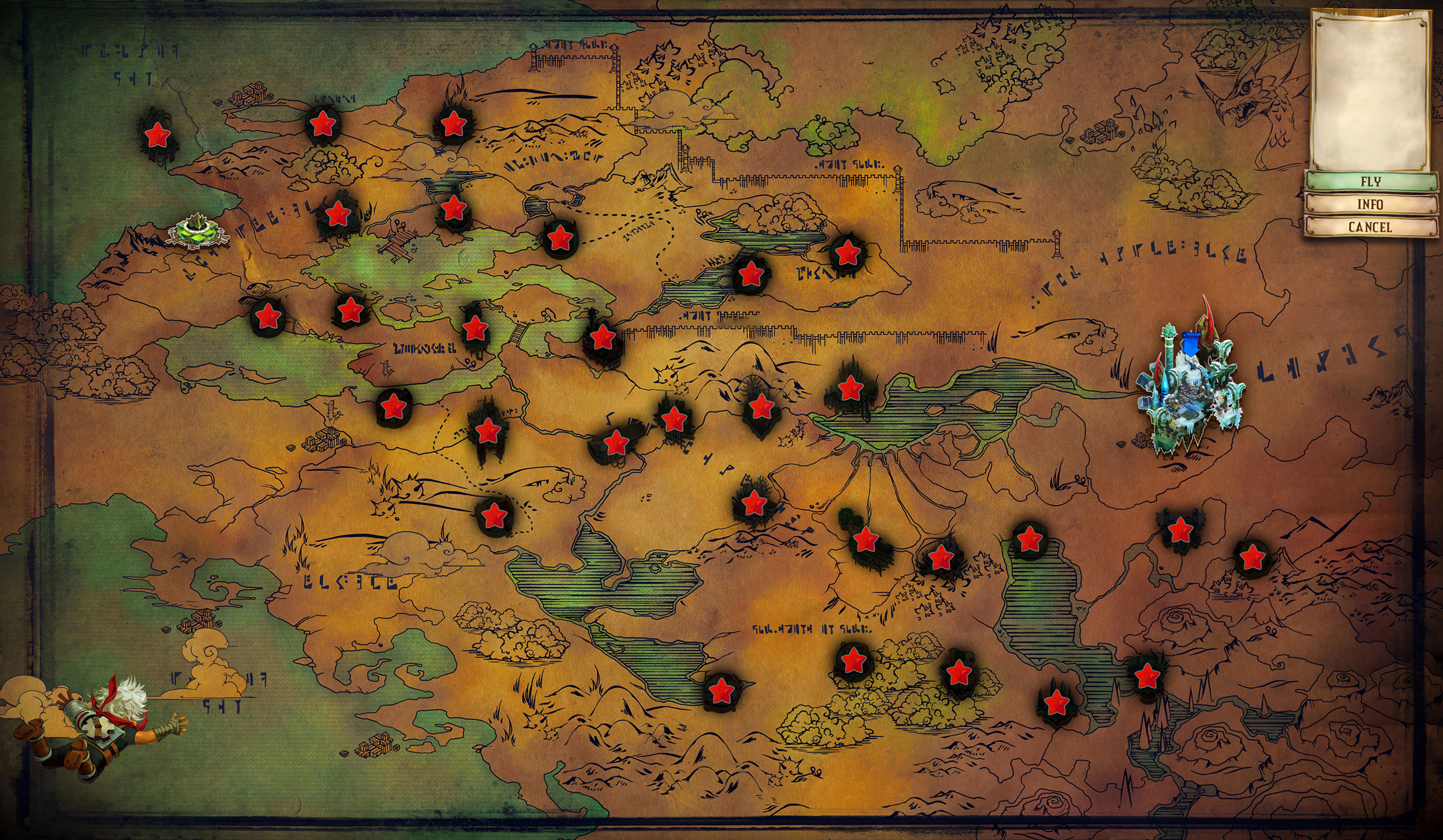

Warning FailedMount 87m (x133 over 24h) kubelet Unable to attach or mount volumes: unmounted volumes=, unattached volumes=: timed out waiting for the condition unreachable:NoExecute op=Exists for 300s Tolerations: /not-ready:NoExecute op=Exists for 300s Type: Secret (a volume populated by a Secret) var/run/secrets/kubernetes.io/serviceaccount from default-token-mssfq (ro) Create a directory /mnt/fc1 on worker-0.Ģ) Create a pod.yaml file with the targetWWN of the attached fc]# cat fc-pod.yamlģ) When the pod is created, it gets into the following fc]# oc get podsįibre-channel-example-pod 0/1 ContainerCreating 0 24hĤ) The describe logs show that the targetwwn parameter has been parsed and picked fc]# oc describe pod fibre-channel-example-pod Pre requisites - OCP 4.6 cluster with FC volume attached to worker-0ġ) Label worker-0 since it has the FC volume attached. Issue noticed on multiple OCP 4.6 builds. Version-Release number of selected component (if fc]# oc version References for PV and PVC creation using FC. Issue - pod creation fails with “no fc disk found” error. Provision a pod and attach the above FC using the targetWWN. As the station already has so much armor, it is unlikely that any military would replace it with Ferro-Aluminum or Ferro-Carbide armor.Create a pod and attach a FC volume to the pod using its wwpn.ġ.ĝeploy a powervm cluster with 3 masters and 3 workers on a PowerVM set up that is connected to SAN.Ģ.Ĝreate a FC volume and attach it to a worker-0 node.ģ. These variants are likely to swap the existing PPCs and lasers for extended range or pulse variants, or adding Artemis IV guidance systems to the LRM launchers. There are presumably many variants of the Bastion class as the design has been in service for nearly half a millennium. A hidden DropShip has been an unwelcome surprise to more than one attacker. This bay can only handle DropShips smaller than 119 meters by 151 meters, but when the ship is in the bay and the hatch is closed, the DropShip isn't visible to any scanners.

A single large hatch opens the top third of the Bastion, allowing DropShip access to the main repair bay. The most daunting aspect of the Bastion is the access door to the main repair bay. These repair facilities proved to be useful to armies again and again. Here, aerospace fighters, small craft, and even full-sized DropShips can undergo repairs. With no WarShips to defend against, any capital weapon systems were removed or replaced by more effective anti-fighter weaponry.Ĭapable of carrying almost 126,000 tons of cargo, the Bastion dedicated much of this space to a pair of pressurized repair bays. Astute observers will notice that these weapons are perfect for anti-aerospace Fighter operations, reflecting the reality of war during the Succession Wars. As the enemy closes, the AC/10 and suite of laser weapons makes the area around the Bastion a bad place for an attacker to be. The LRM launchers engage targets at long range, supplemented by the PPCs and AC/5 mounted alongside them. To fulfill its primary role, the Bastion mounts a variety of energy and projectile weapons. The Bastion instead changed its focus from combat to sentry duty: Capable of identifying attackers early, and maintaining up to 48 aerospace fighters and small craft, the Bastion was a secure launch facility for defending jump points. No attacker wanted to face a Bastion and no defender wanted to lose one. With the general loss of technology during the Succession Wars era, the Bastions and other stations like them were relegated to the sidelines. By 3025, most of the Bastion stations were found in orbit around Successor State capital worlds or other important worlds located in the core of a state. Though common around many worlds, almost 500 years of continual warfare destroyed most of the stations that were deployed in border systems.

The Bastion consists of two such modules massing 75,000 tons each, greatly simplifying the assembly process at their destination site. It was also probably the first space station to be constructed from modular parts that could individually be docked to JumpShip hardpoints for jump transportation. Designed in the early days of the Star League, the Bastion-class space station was the most common orbital fortress in the Space Defense Systems.


 0 kommentar(er)
0 kommentar(er)
